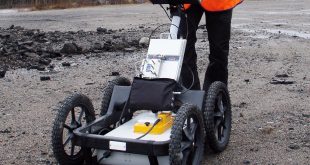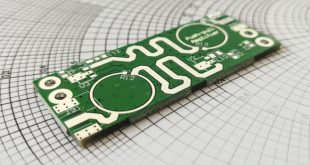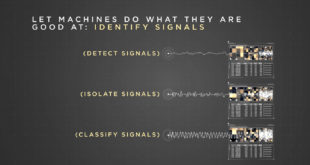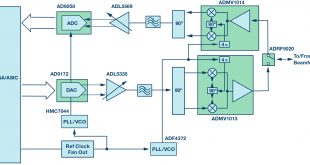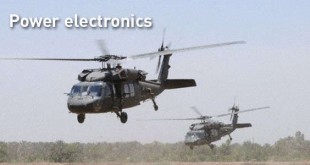Over the last few decades, we have seen tremendous improvements in the performance and energy efficiency of computing and memory systems. With the rise in cloud computing, mobile devices and data volume, the demand for large data centres and supercomputers is continuing to grow as a result. In 1965 …
Read More »Ground-penetrating radar for Autonomous driving, to detection of Tunnel, landmine and buried IEDs
Radar is an electromagnetic sensor used for detecting, locating, tracking, and recognizing objects of various kinds at considerable distances. It operates by transmitting electromagnetic energy toward objects, commonly referred to as targets, and observing the echoes returned from them. Energy is emitted in various frequencies and wavelengths from large wavelength radio …
Read More »3D Printing of Antennas and RF Electronics alleviate sourcing, manufacturability, and security concerns of defense and aerospace industries
Additive manufacturing can reduce the time and material costs in a design cycle and enable the on-demand printing of customized parts. Recent advances in 3D printing technology now enable antennas and RF electronics to be designed and prototyped significantly faster than conventional manufacturing time scales. New multi-material 3D printers that …
Read More »DARPA GRYPHON developing high-performance microwave frequency source based on integrated photonics
In our information society, the synthesis, distribution, and processing of radio and microwave signals are ubiquitous in wireless networks, telecommunications, and radars. The current tendency is to use carriers in higher frequency bands, especially with looming bandwidth bottlenecks due to demands for e.g. 5G and the “Internet of Things.” “Microwave …
Read More »Militaries develop AI and machine learning enabled cognitive communications, Intelligence gathering and electronic warfare systems
Electronic warfare (EW) is one of the crucial aspects of modern warfare. EW receivers are passive systems that receive emission from various platforms that operate in the relative vicinity. The received signals are typically analyzed to obtain valuable information about characteristics and intentions of various elements that are presented in …
Read More »Hybrid marine propulsion system technology for smart ships
Marine propulsion is the mechanism or system used to generate thrust to move a ship or boat across water. At present, 90% of the sea-going naval ship are diesel-powered. To achieve the safe upper limit for global warming of 1.5 degrees Celsius, ‘all ships designed and built today must operate in …
Read More »Millimeter wave (mmWave) power amplifiers enable mmWave Radios for 5G and Satellite Communications
Millimeter waves are electromagnetic signals with frequencies ranging from 30 to 300 GHz that correspond to wavelengths of 10 to 1 mm in the free space. Electromagnetic waves in the millimeter-wave band (with frequencies between 30 and 300 GHz, or wavelengths between 10 and 1.0 mm) have attractive characteristics. One of …
Read More »DARPA RNDMC program developing Distributed Beamforming Antennas across air, ground, and sea assets, to provide long range tactical communication robust against failure or attack
DARPA, is proposing a new Mosaic Warfare strategy for evolving multidomain battlefield. Dr. Timothy Grayson, Director of the Strategic Technology Office is advocating for a “system of systems” approach that he’s calling mosaic warfare: the ability to piece together different systems to build new overarching warfighting capabilities. DARPA’s Strategic Technology …
Read More »DARPA Toolbox Initiative to Accelerate Technology Innovation by providing performers easy, low-cost, scalable access to state-of-the-art tools and intellectual property (IP)
As the world continues to change and advance at a rapid pace, the need for continuous innovation has never been greater. DARPA’s open innovation model leverages the expertise and novel ideation found in large and small businesses, government organizations, and academic institutions. However, resource constraints across these organizations can limit …
Read More »New thermal Management technologies for Mission-Critical Military Ground, Sea, Air and Space systems
The performance of electronics degrades as temperature increases from the ambient temperature. The temperature of a device increases when the device is on since no system operates at 100% efficiency. Output power is not equal to the power fed to the device, and the difference between this is power loss. …
Read More » International Defense Security & Technology Your trusted Source for News, Research and Analysis
International Defense Security & Technology Your trusted Source for News, Research and Analysis

